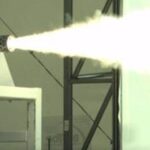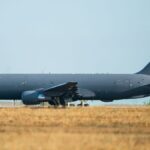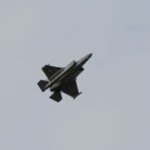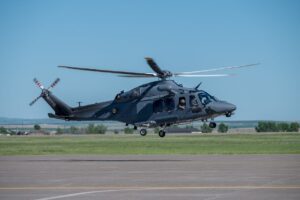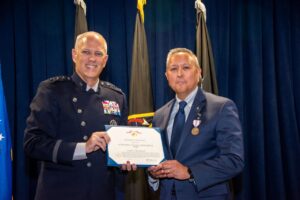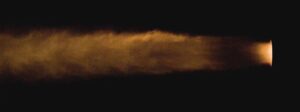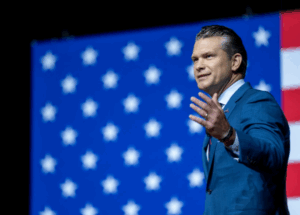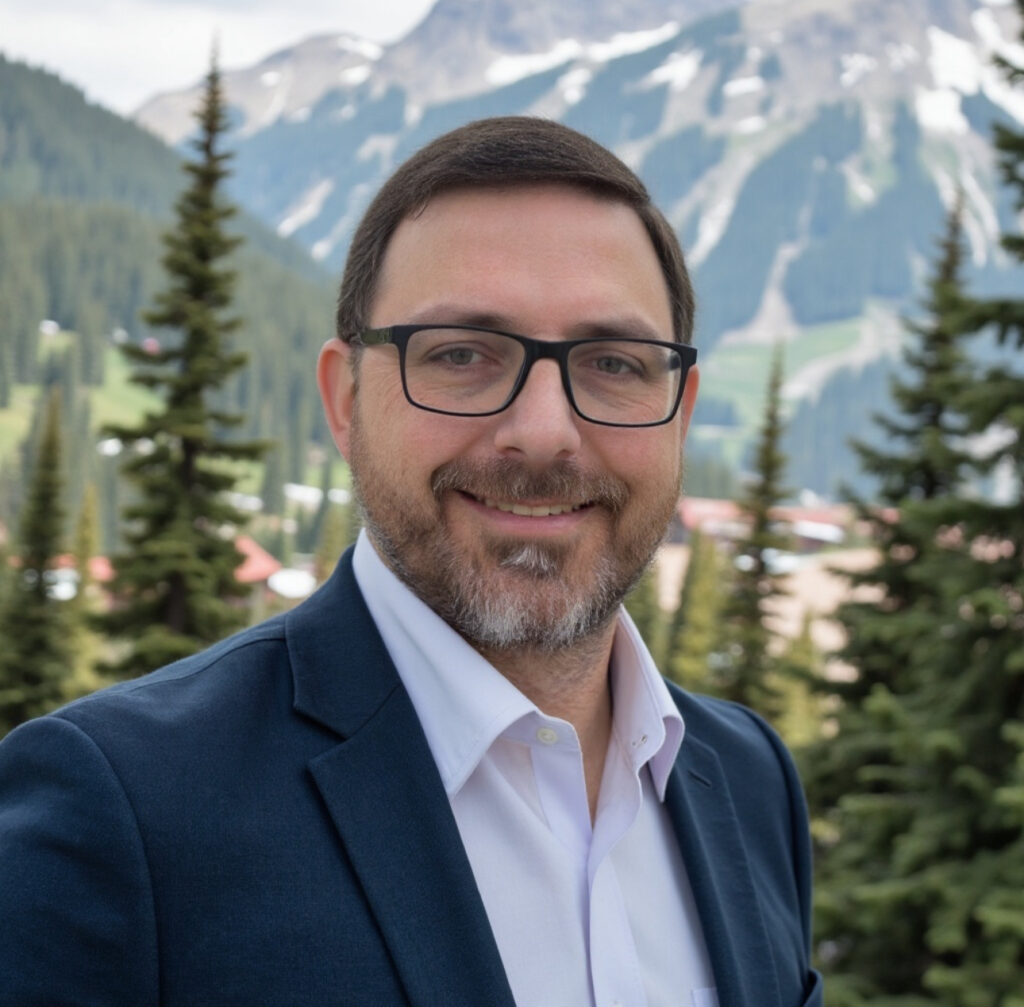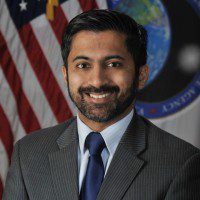
KISSIMMEE, Fla.—The White House is holding discussions with the Defense Department, intelligence community, and U.S. combatant commands (COCOMS) to understand existing gaps and requirements in tactical surveillance and targeting capabilities for warfighters to resolve concerns about roles and responsibilities for providing this support on the battlefield, the senior White House space adviser said on Wednesday. Concerns being raised by the COCOMs and U.S. Space Force about tactical surveillance, reconnaissance, and targeting (TacSRT) support to warfighters have not been fully vetted…

 By
By 